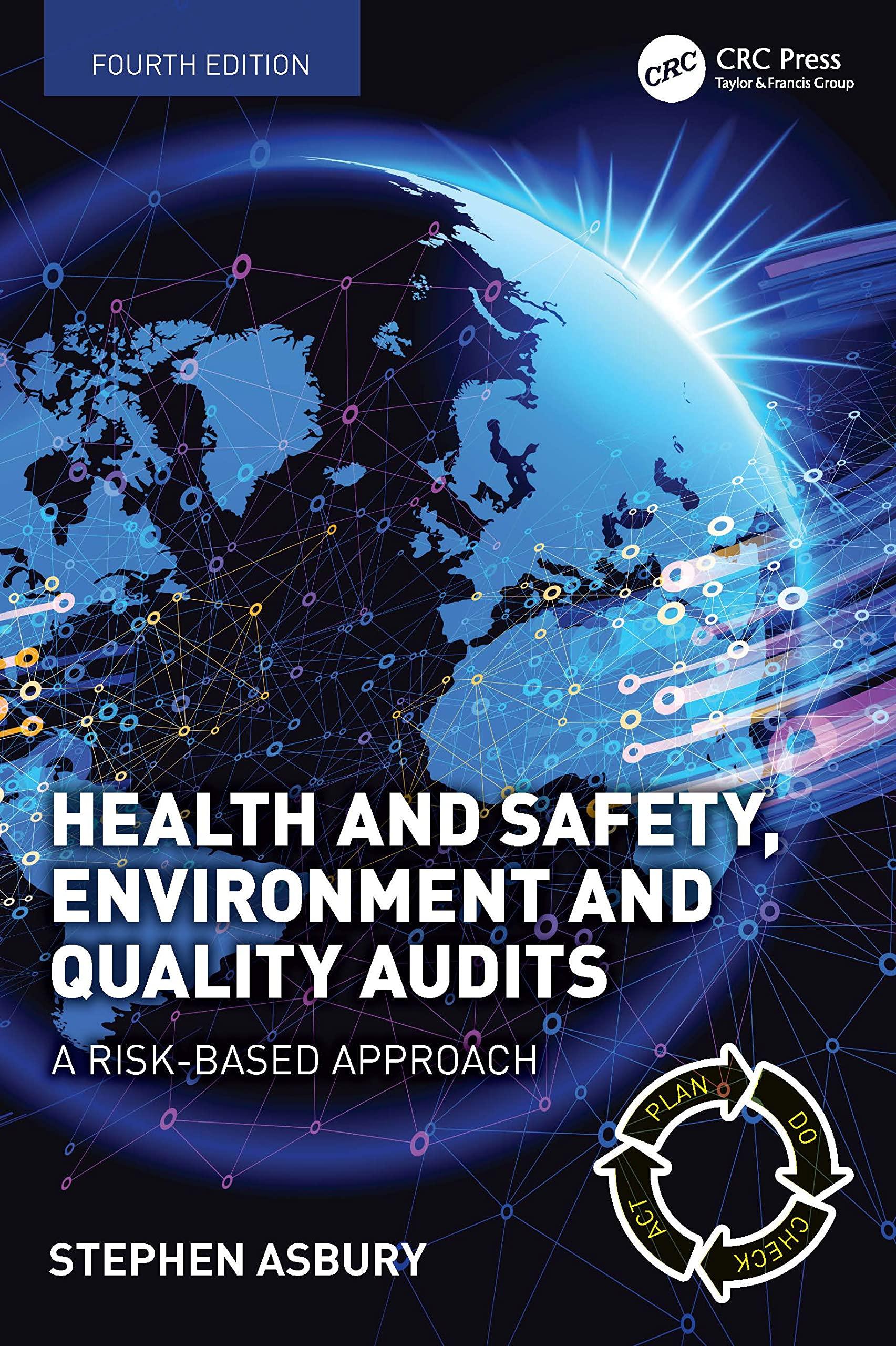


Eastern Chemical Company produces three products. The operating results of the current year are: Product A B Sales Quantity Target Price Actual Price 1,100.00 $ 286.00 $ 287.00 5,500.00 298. 60 256. 60 550.00 203.50 311.00 Difference $ 1.00 (42.00) $ 107.50 The firm sets the target price of each product at 150% of the product's total manufacturing cost. It appears that the firm was able to sell Product Cat a much higher price than the target price of the product and lost money on Product B. Tom Watson, CEO, wants to promote Product C much more aggressively and phase out Product B. He believes that the information suggests that Product C has the greatest potential among the firm's three products because the actual selling price of Product C was almost 50% higher than the target price, while the firm was forced to sell Product B at a price below the target price. Both the budgeted and actual factory overhead for the current year are $548,100. The actual units sold for each product also are the same as the budgeted units. The firm uses direct labor dollars to assign manufacturing overhead costs. The direct materials and direct labor costs per unit for each product are: Direct materials Direct labor Total prime cost Product A $ 51.00 21.00 $ 72.00 Product B $ 115.40 13.00 $ 128.40 Product C $ 66.00 11.00 $ 77.00 The controller noticed that not all products consumed factory overhead similarly. Upon further investigation, she identified the following usage of factory overhead during the year: Number of setups Weight of direct materials (pounds) Waste and hazardous disposals Quality inspections Utilities (machine hours) Total Product A 3 401 26 31 2, 200 Product B 6 251 46 36 7, 100 Product C 4 351 31 36 1, 100 Total Overhead $ 9, 100 121, 000 275,000 76,000 67,000 $ 548, 100 Required: Required 1 Required 2 Required 3 Determine the manufacturing cost per unit for each of the products using the volume-based method. (Round your intermediate calculations and final answers to 2 decimal places.) Product A Product B Product C Materials $ $ 115.40 $ 59.90 51.00 21.00 Labor 13.00 11.00 Overhead 114.36 70.79 59.90 Total cost $ 186.36 $ 199.19 $ 130.80 Required 1 Required 2 Required 3 What is the new target price for each product based on 150% of the new costs under the ABC system? Compare this price with the actual selling price. (Round your intermediate calculations and final answers to 2 decimal places.) Product A Product B Product C Product costs: $ 216.46 $ 171.30 $ 372.54 Activity system ABC-based product pricing: Target price Actual selling price Difference in price $ 324.69 $ 558.81 287.00 (37.69) 256.95 $ 256.60 (0.35) $ 311.00 (247.81) $ $









